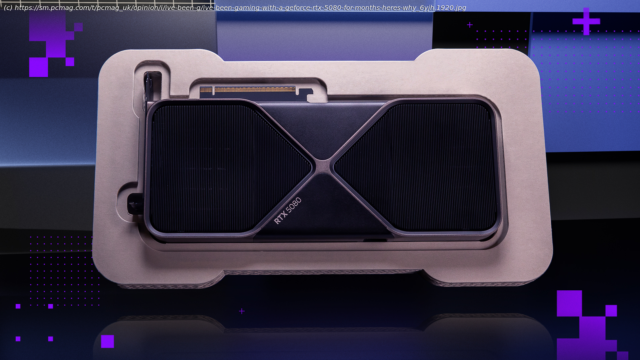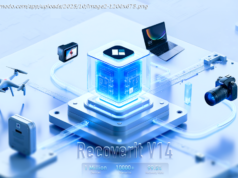I picked up an RTX 5080 a few months ago, and it’s only reaffirmed my high review score: It’s one efficient, stealthy frame hunter of a GPU.
As a professional PC builder and a full-time fantasy nerd, I needed a new graphics card to play the latest Kingdom Come medieval-combat game with the best image quality, and the Nvidia GeForce RTX 5080 has risen to the call. I reviewed this graphics card earlier this year, handing it our Editors’ Choice laurels for its favorable price-for-performance ratio. After buying one back in June, it’s all mine, and I’ve been a happy gamer ever since.
Here’s how the RTX 5080 has handled some of my favorite PC games this year and why it should be on your short list for a high-end GPU going into the holiday shopping season. (And no, you should not get an RTX 5090.)Why the RTX 5080 Is as High as You Should Go
The Nvidia GeForce RTX 5080 is the most powerful graphics card currently on the market that gamers should consider. Technically, the Nvidia GeForce RTX 5090 is more potent, but it’s also prohibitively expensive, costing twice as much as the RTX 5080 and not delivering nearly twice the performance. For the Nvidia GeForce RTX 5090’s $1,999 asking price, you could easily buy an Nvidia GeForce RTX 5080 for $999 and all of the other parts you require to build a gaming PC.
Everyone will have different reasons for picking one Nvidia graphics card over another, and for me, performance was the leading factor that drove me to buy an RTX 5080, in concert with the 4K monitor I own. I already had an Nvidia GeForce RTX 3080 Ti, but I felt the need for more oomph to run a select few games that came out this year. Kingdom Come: Deliverance II was the big one, and I wanted to play it with the best possible image quality I could achieve. Alas, an upgrade to an 8K monitor was not in my budget, so that meant running the game at 4K with maxed-out settings (preferably without my PC sounding like a jet about to take off).
The RTX 5080’s excellent performance and more alluring price (compared with the RTX 5090’s) make it a desirable option. If you are considering an RTX 5080, too, I should also mention the other details to check. You need to ensure that the graphics card you buy will fit inside your PC case and that you have a power supply that can support both the RTX 5080 and the rest of your system.
Nvidia recommends using a power supply rated 850 watts or more with the RTX 5080. Swapping graphics cards in my PC is a common enough task (I test these things for a living, after all) that I knew my desktop was both large enough and my power supply capable enough, so I didn’t spend much time considering these points personally. But if a GPU update is a rare thing for you, definitely pay attention.
I also didn’t need to take much time considering the RTX 5080’s pricing or performance, as I had already closely considered these factors when reviewing the RTX 5080 at launch, and made my peace with spending $1,000 for a video card. This really left my own performance targets as my only primary consideration. I also like to have parts that I can use for a long time, and the benchmark results from the RTX 5080 review were auspicious in this area. (My first desktop PC to truly be « mine » and not a shared family computer still sits beside my desk as a retro Windows XP/Windows 98 gaming PC.)
Whenever we tested the RTX 5080, it was clearly bottlenecked in a few tests by the AMD Ryzen 9 9950X that we use in our graphics card test bed. This is one of the fastest consumer processors in the world at the moment, and a CPU bottleneck still occurring strongly suggested that the RTX 5080 has some untapped potential that a faster processor down the road might be able to unlock. Even without that, though, the speed of the RTX 5080 is sufficient to make me feel sure that I won’t need another GPU upgrade for more than a few years.
Nvidia’s DLSS technology should further help extend the useful life of the RTX 5080 and other RTX graphics cards. Again, personal preference becomes a factor, as using DLSS or similar technologies can negatively impact latency and image quality. I prefer not to use DLSS if at all possible, but it can come in handy—particularly for frame generation.
Some may also view AI performance as a key selling point of the RTX 5080, but it is not for me. The AI hardware in the RTX 5080 is sufficient to drive DLSS on the occasions I use it, and that is the only use I intend to make of the AI hardware.
Home
United States
USA — software I’ve Been Gaming With a GeForce RTX 5080 for Months. Here’s Why...






